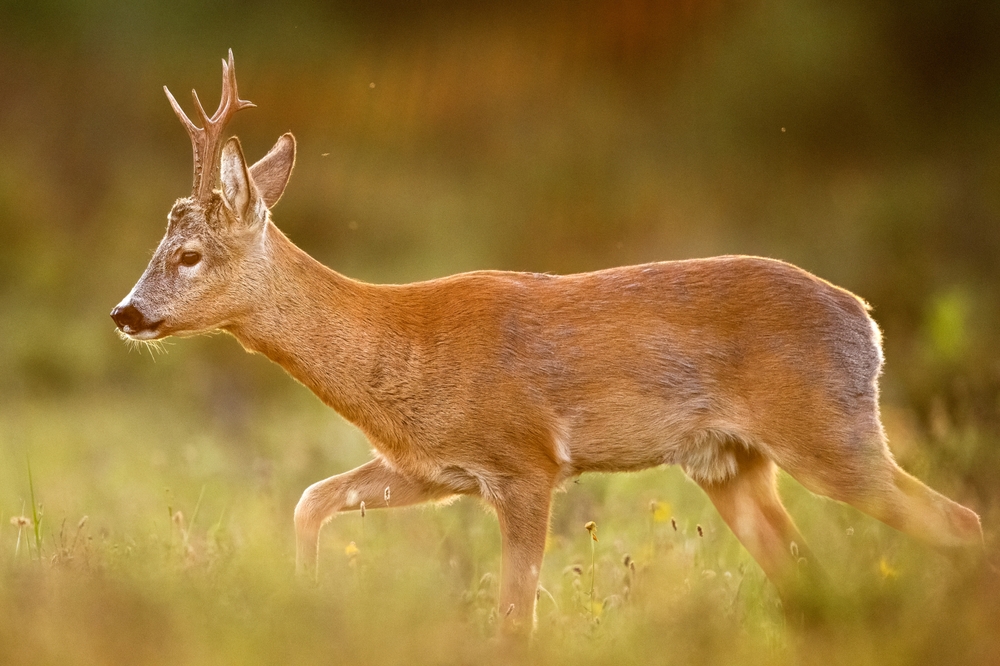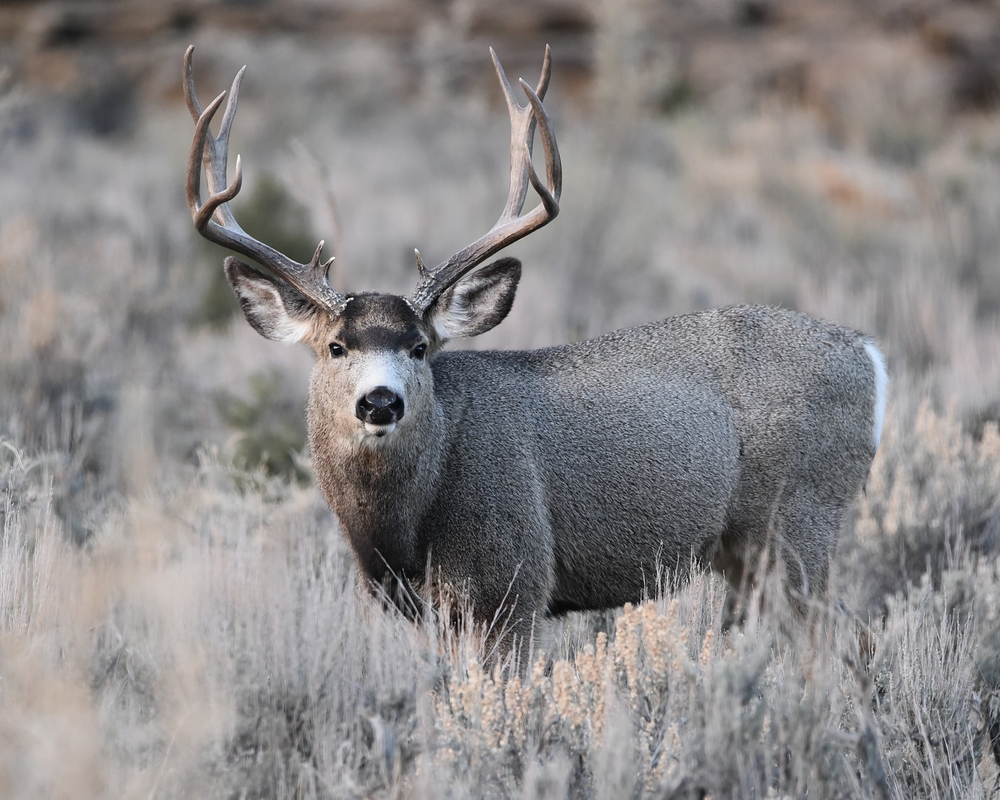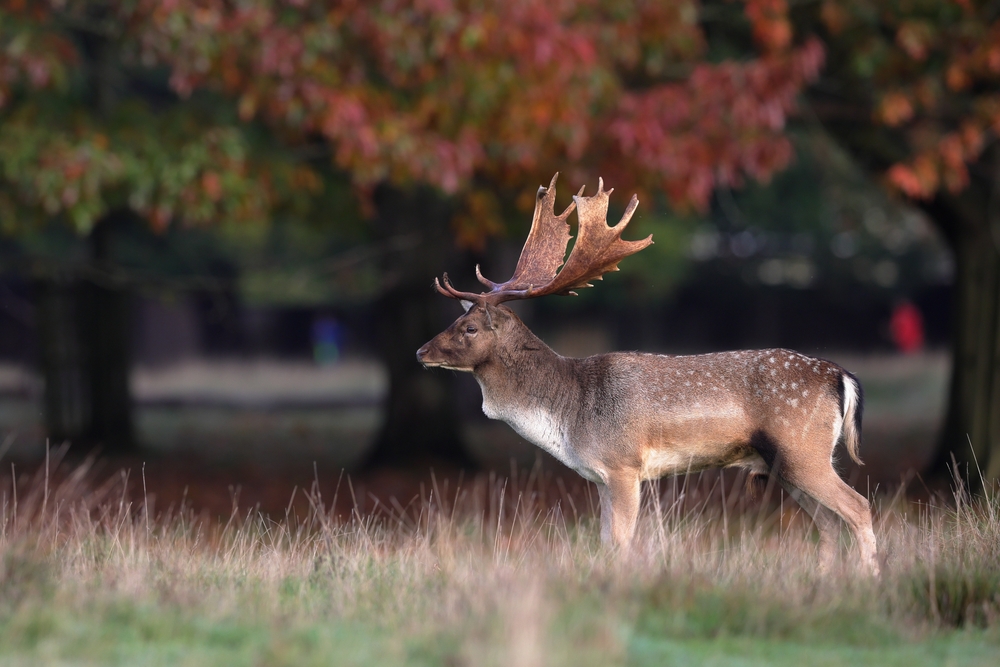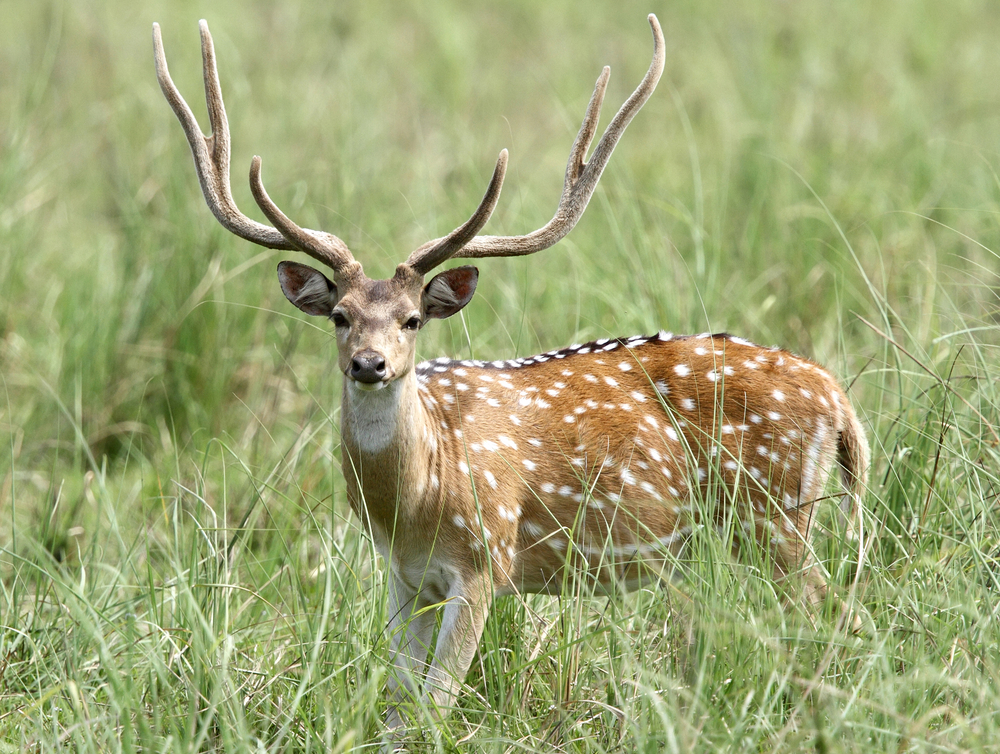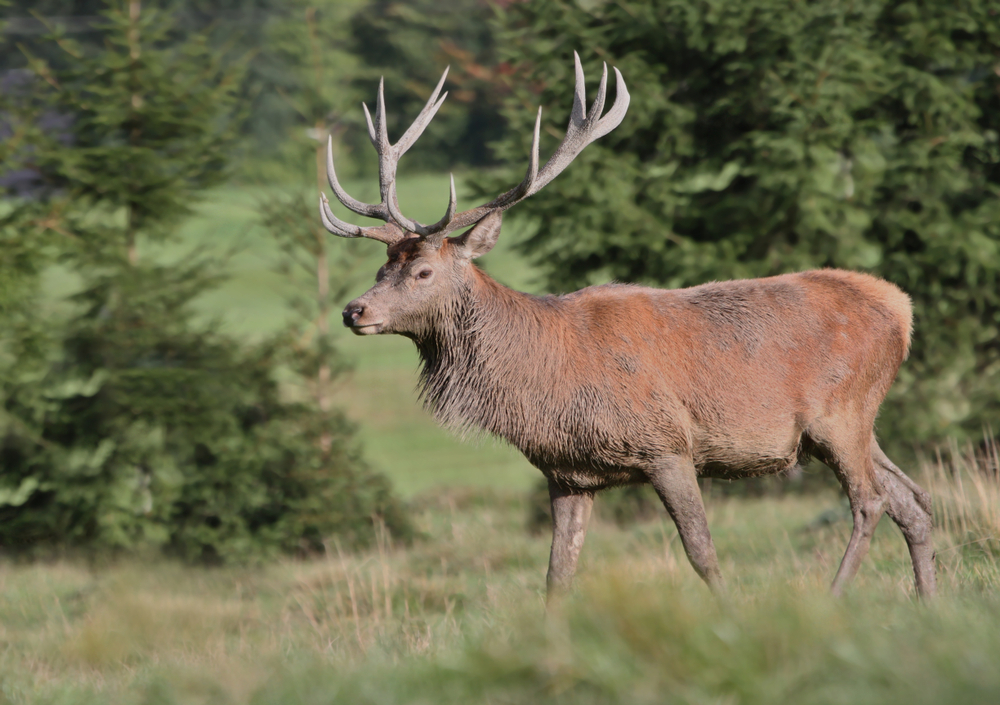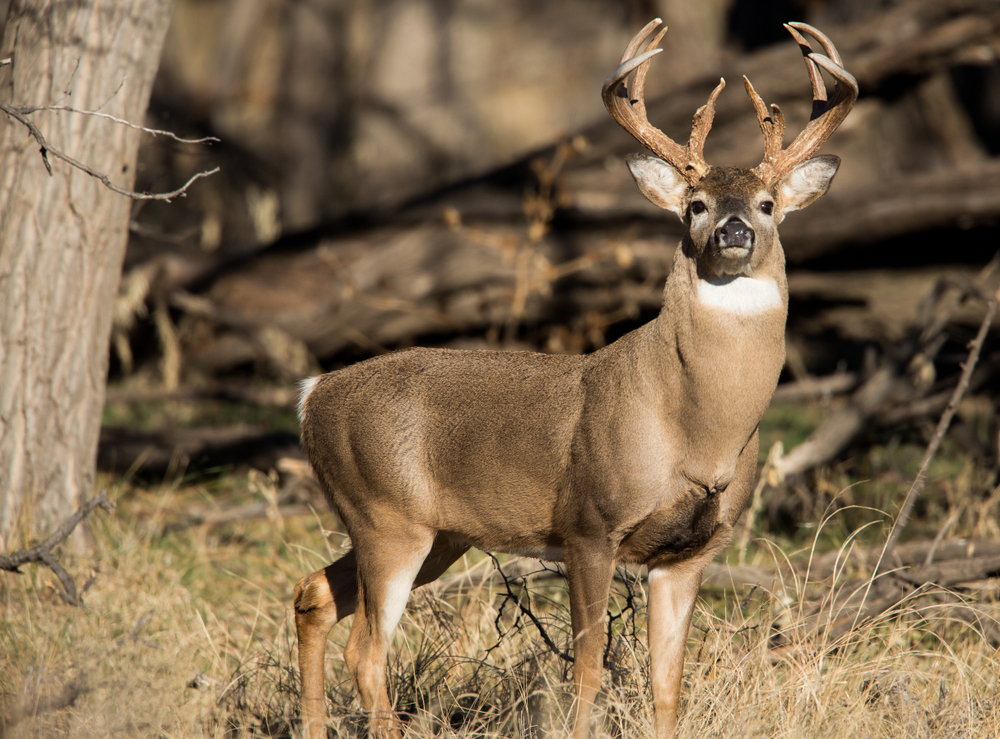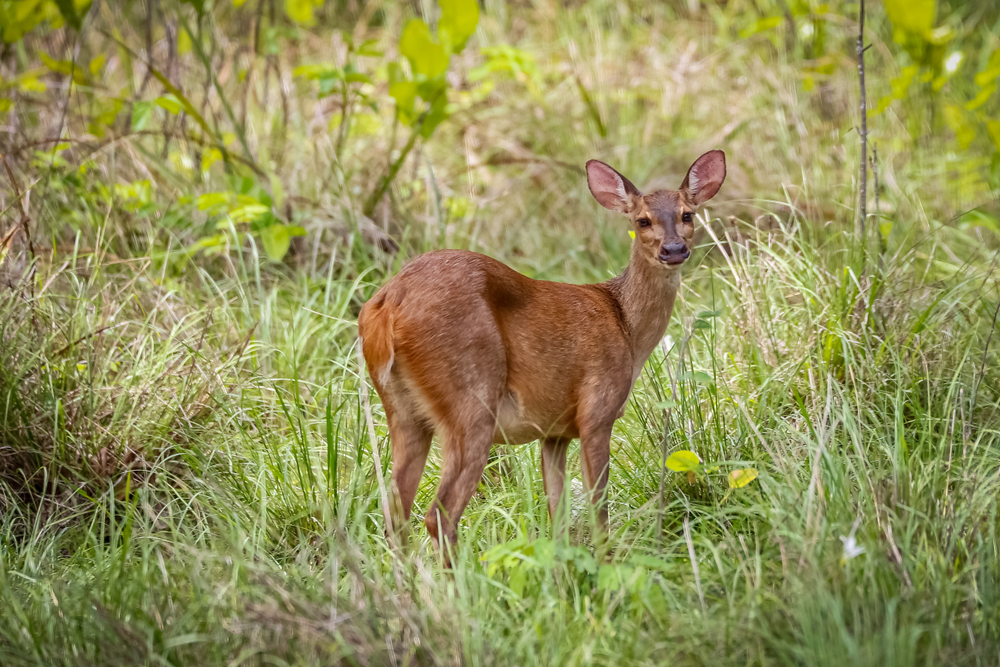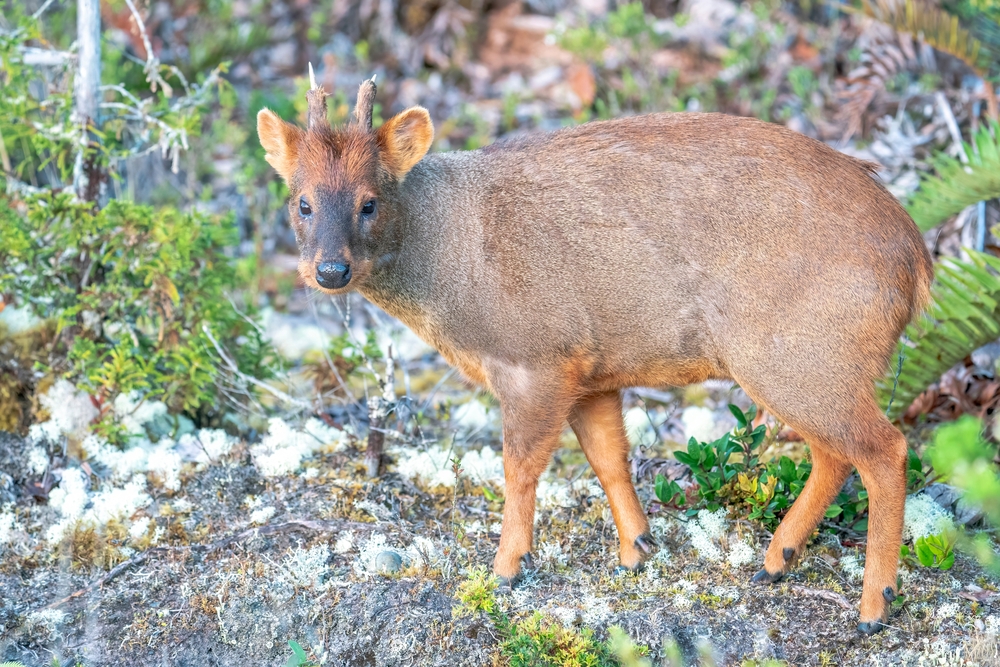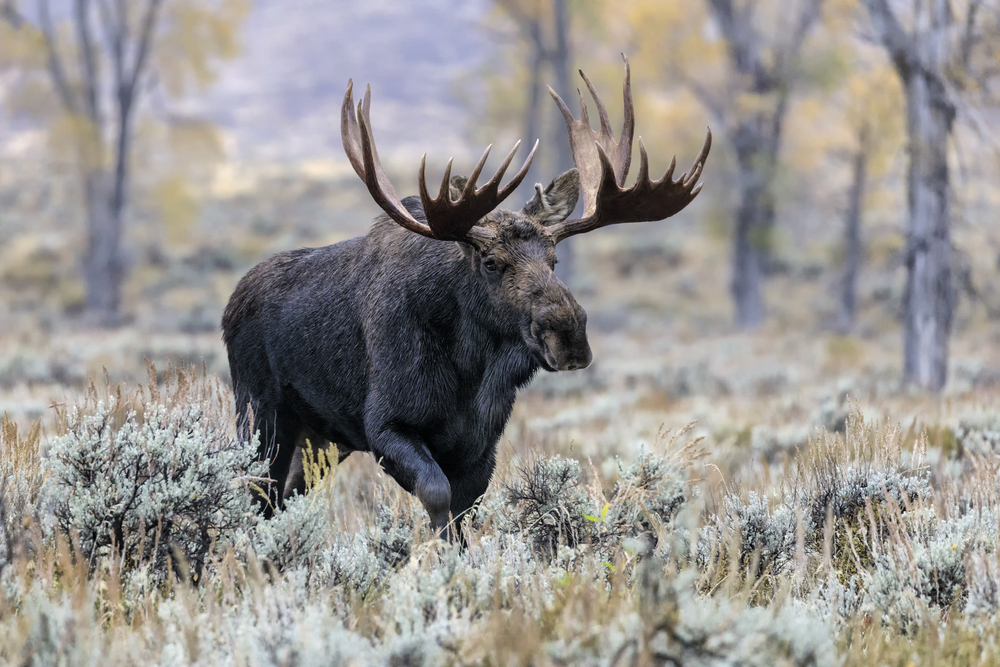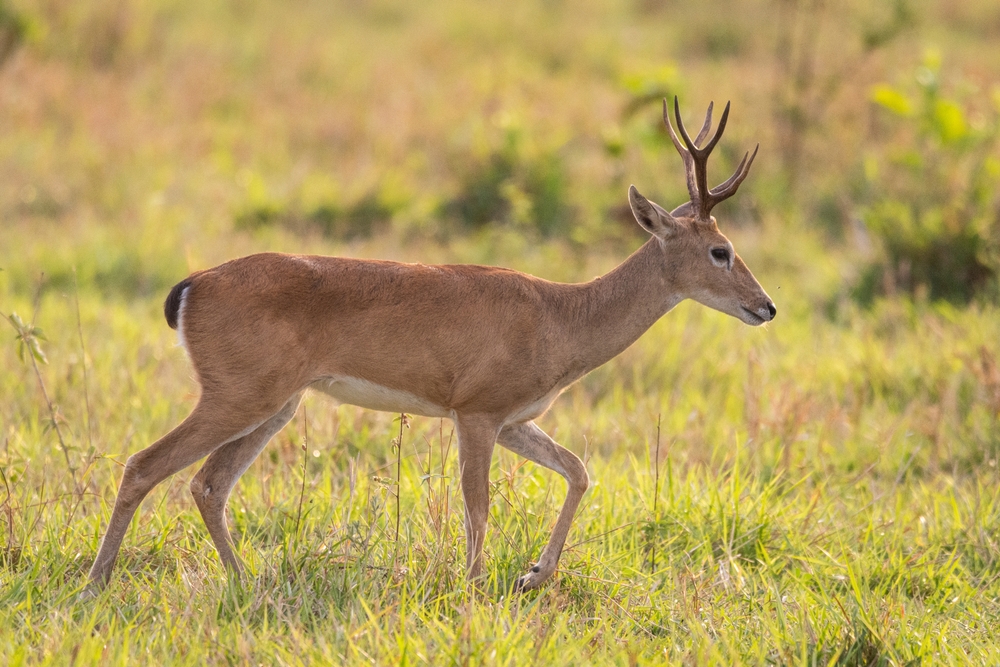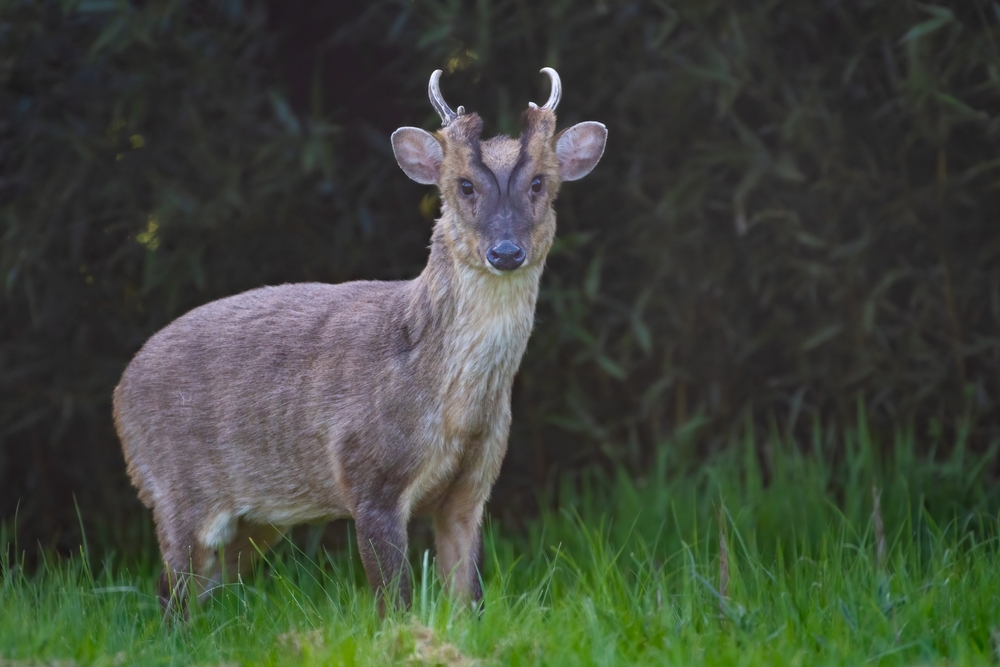Uniqueness
The Roe Deer is one of Europe’s most iconic wild animals, distinguished not only by its physical elegance but by its highly refined reproductive biology, solitary behavior, and remarkable ecological adaptability. Below is a structured overview in the style of the AK Uniqueness document:
Widespread Yet Elusive:
Though Roe Deer are common across Europe and western Asia, they are quiet, solitary, and rarely form large herds—making them more often heard than seen.
-
Their preference for edge habitats, such as forest borders, hedgerows, and meadows, allows them to thrive in both wild and semi-rural landscapes.
-
Despite proximity to human activity, they maintain shy, evasive behavior.
Delayed Implantation – A Rare Reproductive Adaptation:
Roe Deer are one of the only deer species with embryonic diapause, meaning that after mating in midsummer, the fertilized egg remains dormant for months.
-
Implantation occurs in late winter, and birth happens in late spring.
-
This ensures that fawns are born when food is abundant and conditions are ideal, giving them a survival advantage.
Distinct Seasonal Coat Change:
Roe Deer undergo a dramatic seasonal molt:
-
Summer coat: Sleek, reddish-brown and vibrant.
-
Winter coat: Thick, gray-brown and insulating.
-
This contrast is among the most pronounced of any deer species and offers camouflage matched to the seasons.
White Rump as a Visual Signal:
Roe Deer have a large white rump patch that becomes highly visible when alarmed.
-
The tail is very short, so the flashing white fur serves as a warning signal to other deer in the area.
-
It’s especially noticeable in winter, contrasting sharply with the darker coat.
Lightweight, Agile Build for Dense Habitat:
Their small, compact body, long legs, and springy gait allow them to leap gracefully through dense underbrush, hedgerows, and farmland.
Surprisingly Vocal:
Roe Deer produce several sounds:
-
High-pitched barking when alarmed
-
Soft whines and bleats during fawn-mother communication
-
Males grunt during courtship and territorial challenges
This makes them one of the more vocal small deer, especially during the rut.
Culturally and Ecologically Iconic:
The Roe Deer appears in European folklore, literature, and heraldry, often symbolizing grace, subtlety, and natural beauty.
-
Ecologically, it serves as a keystone browser, shaping forest regeneration and maintaining woodland edge diversity.
-
It also supports predator species such as lynx and wolves in rewilding areas.
The Roe Deer’s combination of delayed implantation, seasonal camouflage, vocal communication, and remarkable adaptability makes it one of the most unique and evolutionarily refined deer species in the world. Its subtle presence across diverse landscapes has made it a quiet cornerstone of Europe’s natural heritage.



































































